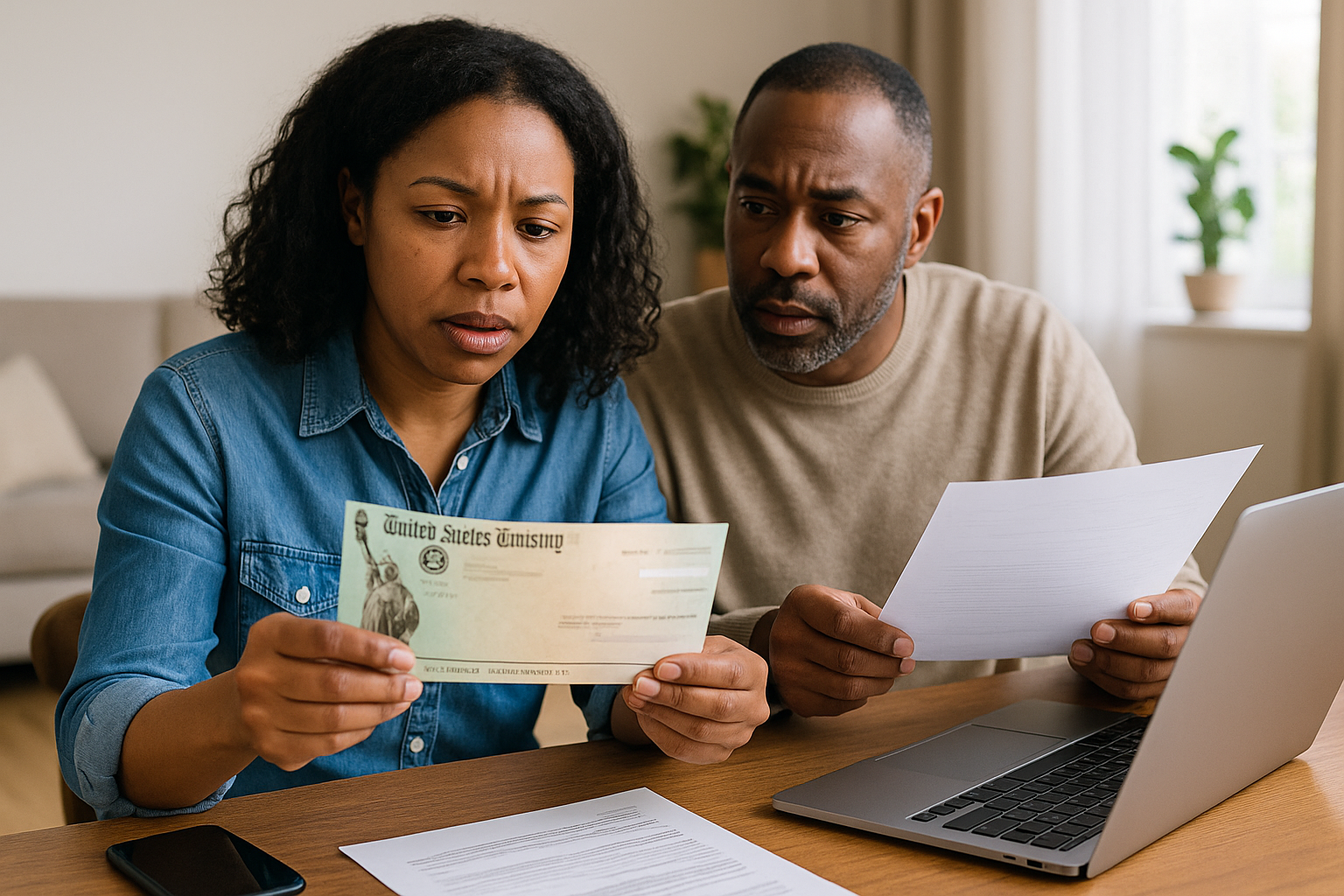An unexpected check from the federal government can be a welcome surprise, but it can also be confusing. Was it meant for you? What is it for? Conversely, what if a payment you were expecting gets lost or stolen? Navigating the world of federal disbursements doesn’t have to be a mystery.
This clear, step-by-step guide will help you identify, verify, and manage any government checks and payments to people, ensuring you handle your finances correctly and securely.
Step 1: Identify Why You Received a Payment
The first thing to do when you receive a government check is to identify its source. Don’t just deposit it blindly.
Look at the check itself. The key to unlocking the mystery is printed right on the check.
- Memo Line: This line, typically below the recipient’s address, often states the reason for the payment (e.g., “Tax Refund,” “Economic Impact Payment,” “SSA Benefit,” “VA Compensation”).
- Issue Type Section: Some Treasury checks have a specific field that names the authorizing agency, such as the “IRS,” “SSA,” or “Veterans Affairs.”
If the check is unclear: Use the A-Z Index of U.S. Government Departments to look up and contact the agency you suspect sent it. If you’re completely unsure, call the Bureau of the Fiscal Service Call Center at 1-855-868-0151. A representative can help you identify which agency authorized the payment.
Step 2: Verify the Check’s Legitimacy
Unfortunately, check fraud is a reality. Before taking any action, it’s crucial to confirm the check is real.
You can use the Treasury Check Verification System (TCVS). This service allows you to verify that a check was legitimately issued by the federal government. This is an essential step to protect yourself from scams.
Step 3: What to Do If a Payment Is Lost, Stolen, or Expired
If a federal check goes missing or is stolen, or if you find an old, expired one, you must report it immediately. Do not report this to your local bank. You must go directly to the source.
- Identify the Authorizing Agency: Use the memo line on your check stub or your payment notice to determine which agency sent the payment (e.g., SSA, IRS, VA).
- Contact That Agency Directly: Each agency has its own process for stopping and reissuing payments. Use the A-Z Index of U.S. Government Departments to find their official contact information.
For a status update on a claim you’ve already filed, you can contact the Bureau of the Fiscal Service Call Center at 1-855-868-0151.

Step 4: How to Make a Payment To the Government
Sometimes, the interaction involves you sending money to a federal agency, perhaps for taxes, fees, or fines. The safest and most efficient way to do this is electronically.
The official portal for making secure payments to multiple government agencies is Pay.gov. You can use this platform to pay directly from your checking or savings account. Always ensure you are on the official Pay.gov website (look for .gov in the URL) to avoid phishing scams.
Step 5: Getting Help with Specific Questions
For questions about why you owe money, requesting a refund, or checking an application status, you should contact the specific agency directly. They manage the accounts and records related to your payment or debt. Pay.gov is a payment processor; it does not manage individual cases or accounts.
Knowledge is Power
Understanding how to manage government checks and payments empowers you to handle your finances securely and resolve issues efficiently. By following these steps and always working directly with the official authorizing agency, you can ensure your transactions are handled correctly and safely.
Disclaimer: This blog post is for informational purposes only and is based on federal guidelines as of September 2025. Procedures and contact information may change. For the most accurate and current assistance, always contact the relevant federal agency directly. Images used in this article are royalty‑free or licensed for commercial use and are provided here for illustrative purposes.
Helpful Official Links for Further Clarification:
